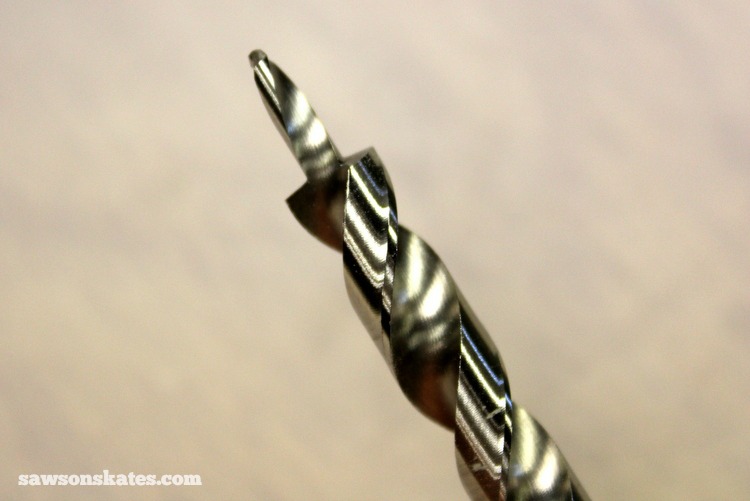You haven't said how thick your half 8x4 sheet is, but clearly a pillar drill is out because of job size. If there must be NO breakout either side, then personally I'd go for a SMALL pilot drill all through, then follow up by going through each hole half way, turning the sheet over then repeating. Pretty much like novocaine has already suggested above.
Clearly with no pillar drill there's no depth stop, and the usual trick of using sticky tape around the drill to set the depth is unlikely to last for lots of holes unless you're very careful.
You also have not said what dia holes you need (or did I miss it?) but if using a twist drill (brad point preferred, obviously) then I'd suggest either a small dia hose clamp (Jubilee Clip) around the drill as a depth stop, OR you can buy screw-on depth stops in several dias (usually included within dowel joint kits - quite cheap).
Yes, drilling from both sides, plus a small dia pilot first, is more than doubling what will be a rather boring (sorry!) job, especially if there's lots of holes, but for myself, the above is the only way I know that will almost 100% guarantee that there'll be no breakout on either side.
If using a forstner bit (larger dia holes than brad point drill availability - 12 - 14 mm?) then I'm not sure how to fix up an accurate depth stop in your circumstances except by use of sticky tape around the outer body of the forstner - which you'd probably need to renew quite frequently - don't forget that with a half 8x4 sheet, it's going to be very difficult to eyeball the reverse side while drilling in this situation.
Router? Dunno, haven't tried, but one POSSIBLE problem I see (remembering the size of the router body and holder) is accurately placing each hole. But as said, never tried myself.
Get someone with a CNC router to do the job? Again dunno, no experience, but again with a half 8x4 sheet it sounds like a professional not hobby machine at that size, so likely to be rather expensive??
HTH


































